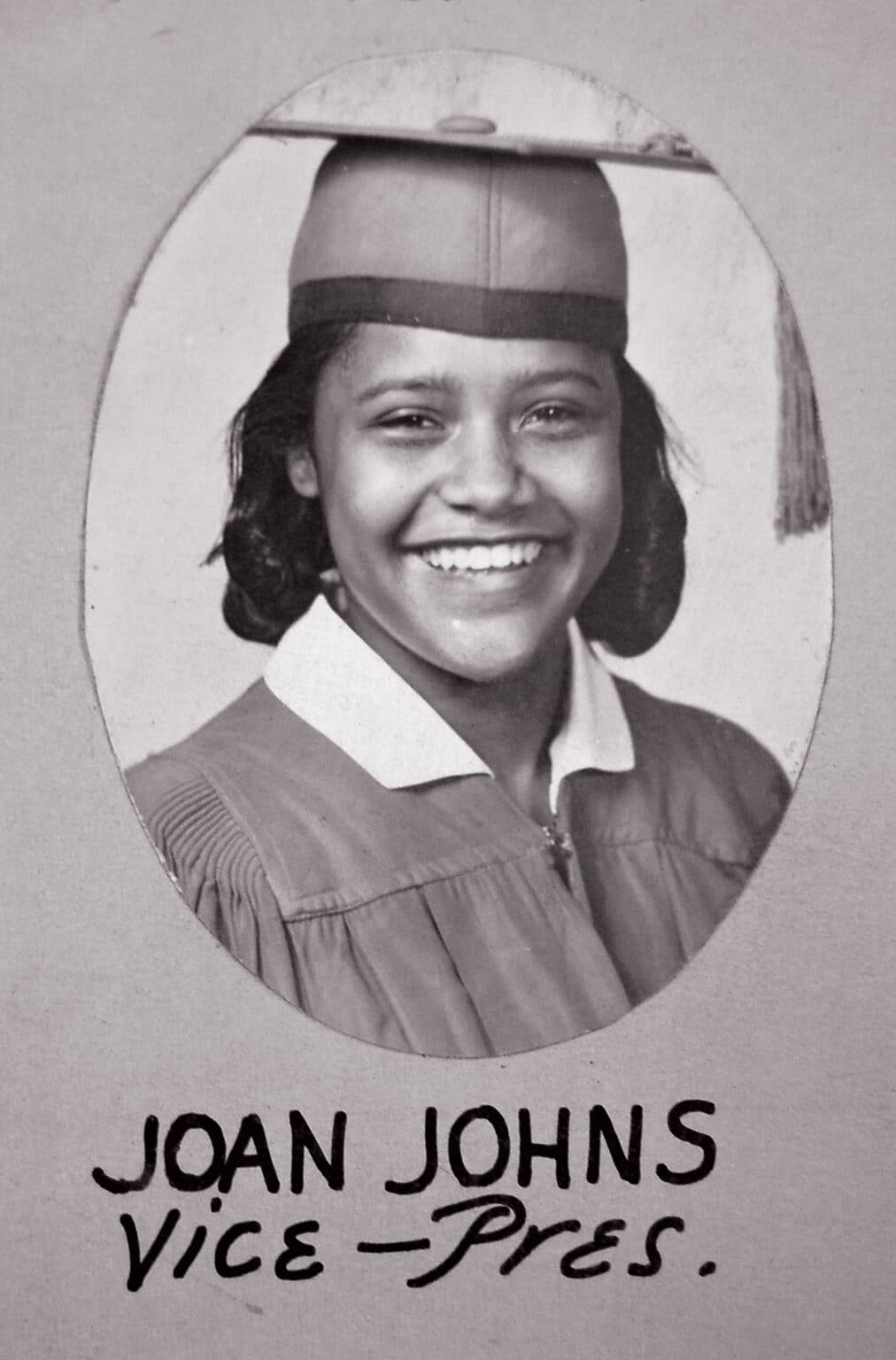RESOURCES
PEOPLE
Joan Johns Cobbs
1937-
Born in 1937 in Prince Edward County, Virginia, Joan Johns Cobbs was the younger sister of civil rights pioneer Barbara Johns. At just 13 years old, Joan helped organize the now-famous 1951 student strike at R.R. Moton High School, standing beside her sister in a bold protest against unequal and unsafe conditions in segregated Black schools. Their courage helped spark the lawsuit Davis v. County School Board of Prince Edward County, later one of the five cases consolidated into Brown v. Board of Education, the Supreme Court decision that outlawed school segregation in 1954.
As an adult, Joan Cobbs became a nurse, dedicating her life to service and caregiving. She later moved to North Carolina, where she raised her family and continued to speak out about her early experiences with school segregation and civil rights. Though her professional path was in healthcare, Joan never strayed far from the history that shaped her youth.
In her later years, she became an active voice in civil rights education, frequently returning to Prince Edward County to participate in community events, interviews, and educational programs. She worked with other former student “strikers” and alumni to help create the Robert Russa Moton Museum, located in the former school building where the strike took place, helping preserve the history of the student-led protest and her sister’s legacy. Through speeches, oral histories, and public appearances, Joan Cobbs helped ensure that the story of the Moton strike was not forgotten, and that the role of young people— especially her sister Barbara— remained central in civil rights memory.
Joan Johns Cobbs continues to speak about the importance of education, remembrance, and youth empowerment. Her voice adds deep personal insight to one of the most pivotal grassroots movements in American history.
